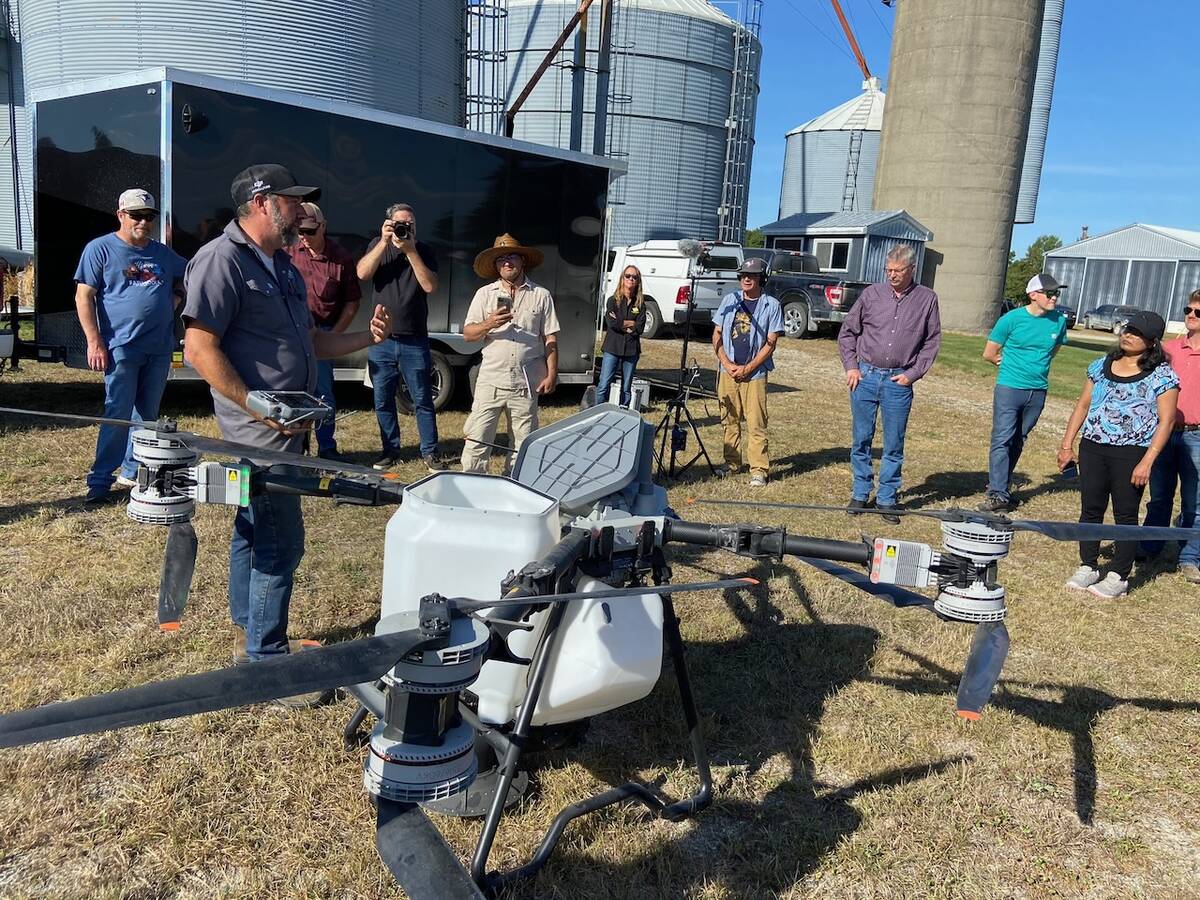Pulses have an image problem.
They’re healthy and hearty fare. At times they can even seem like a wonder food, contributing to lower cholesterol, overcoming dietary fibre shortages and perhaps even slowing the spread of some cancers.
Despite this, however, they’re also seen as unglamorous and even at times something to be a bit embarrassed about, according to one dietary specialist.
Henry Thompson heads up the University of Colorado’s Cancer Prevention Laboratory and he’s a dietitian by training. He says frequently the crops are viewed as poverty food and the first choice of consumers when they earn a bit more money is to replace them with animal protein.

“They’re seen as poor-people food,” Thompson said in an interview at the sidelines of the Canadian Pulse Research Workshop last week in Winnipeg.
“But I tell people that’s wrong. They’re not poor-people food. They’re smart-people food.”
Underconsumed
Getting the full dietary value of pulse crops means consuming enough of them, Thompson told the conference, something almost nobody does. He cited U.S. figures, but added the Canadian numbers would be almost identical. A diet containing 200 to 300 grams of pulses every day would completely eliminate the well-understood dietary fibre shortfall of most North Americans. However, the actual daily consumption is about 10 grams a day.
“If it should be around 200 or 300 grams a day, that’s a thirtyfold increase in consumption levels,” Thompson said.
Read Also

Drones jumpstart cover crop planting
Drones are a tool that can help farmers with cover crop planting in still-growing corn and soybeans.
North Americans and Europeans once ate far more pulses. For example, there were regional recipes like Boston-baked beans and French Canadian pea soup. As the population became more affluent, however, that began to change. Meat replaced beans and many of the woes of our modern diet began to surface.
For the pulse producer the risk is this trend could continue in other locations as customer countries become more affluent. Brazil, for example, has long been one of the largest edible bean producers and consumers. But in recent years per capita income has risen and almost in lockstep, per capita consumption has fallen.
“Brazil is turning away from beans,” Thompson said. “I talk to its public health officials, and they’re quite concerned about it because they know they’re a very healthy dietary option and they’re worried about the public health implications.”
Promotion helps
One recent development that may help turn this around is the current International Year of the Pulse, as declared by the United Nations.
Thompson said he was very pleased to hear the UN make the declaration back in 2013, and he’s been even more pleased to see it seems to be helping penetrate the public consciousness. Prior to the start of the year, just 12 per cent of those surveyed knew about pulse crops and their benefits. A followup study conducted this past spring saw that climb to 30 per cent, he said.
“I think it’s really having an impact,” Thompson said. “That’s quite the jump in just five months.”
Another thing that could help is bringing the food industry on board as a partner to boost consumption. It has a long track record at adopting other products, such as whole grains or oat bran, and ground pulses could fit that model — and give much greater health benefits while that happens.
Thompson spent much of his time at the podium telling researchers and pulse breeders at the meeting about the substantial differences his research is revealing about the functional traits of varieties. It all points to a need to better understand the benefits of the crops and breed for these functional traits, he said.
Farmer needs
Tom Warkentin of the University of Saskatchewan, widely recognized as Western Canada’s pre-eminent pulse crop breeder, told the meeting that breeding these crops is a delicate balancing act of competing interests from consumers to processors and, of course, the farmers who actually grow the crops and fund much of the research and breeding programs.
One of the crops he’s worked on most is field peas.

“When I talk to farmers, the two most common traits they tell me they’re interested in are yield and standability,” Warkentin said. “They want to grow more bushels and they want them to stand up so they can harvest them efficiently.”
That’s not to say the other traits that are desirable to other members of the industry aren’t important or can’t be bred for, but rather that breeders like himself need to know what to breed for and begin working those priorities into breeding programs.
In an interview following his presentation Warkentin said he’s proud of the advances the sector has made in recent years, and the growing number of acres the crops have captured.
“It’s a real success story,” he said.
Warkentin hopes to see the crops become the third rotational pillar, in addition to cereals and oilseed crops, for growers in the region.
“We’re not there yet, but we’re getting closer,” he said.
He also credited grower organizations with their willingness to fund research as a key reason the crops have been successful.
“Without farmers funding this research, the progress we have seen wouldn’t be possible,” Warkentin said.
















